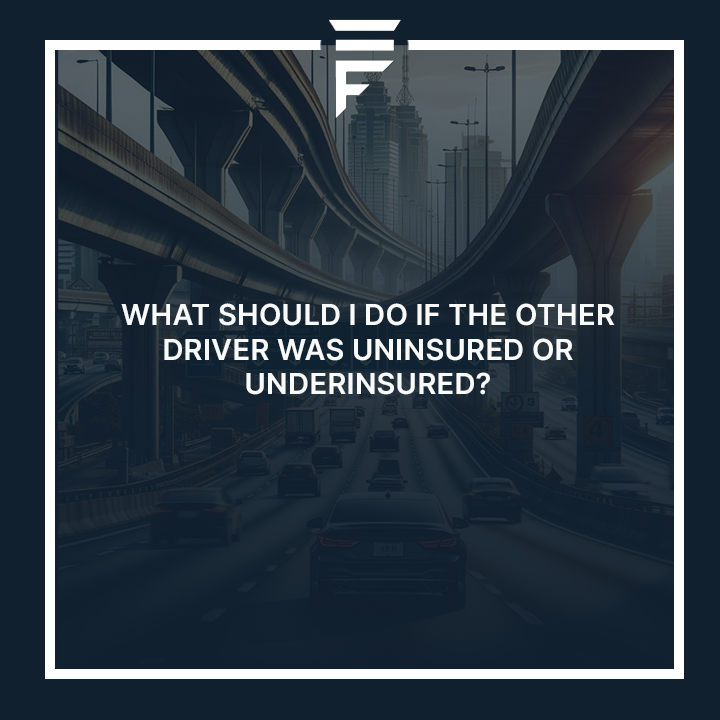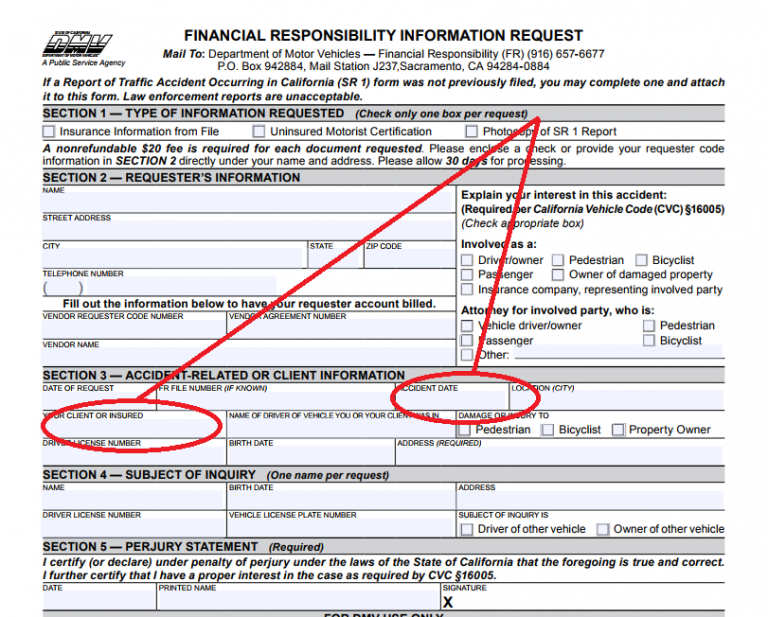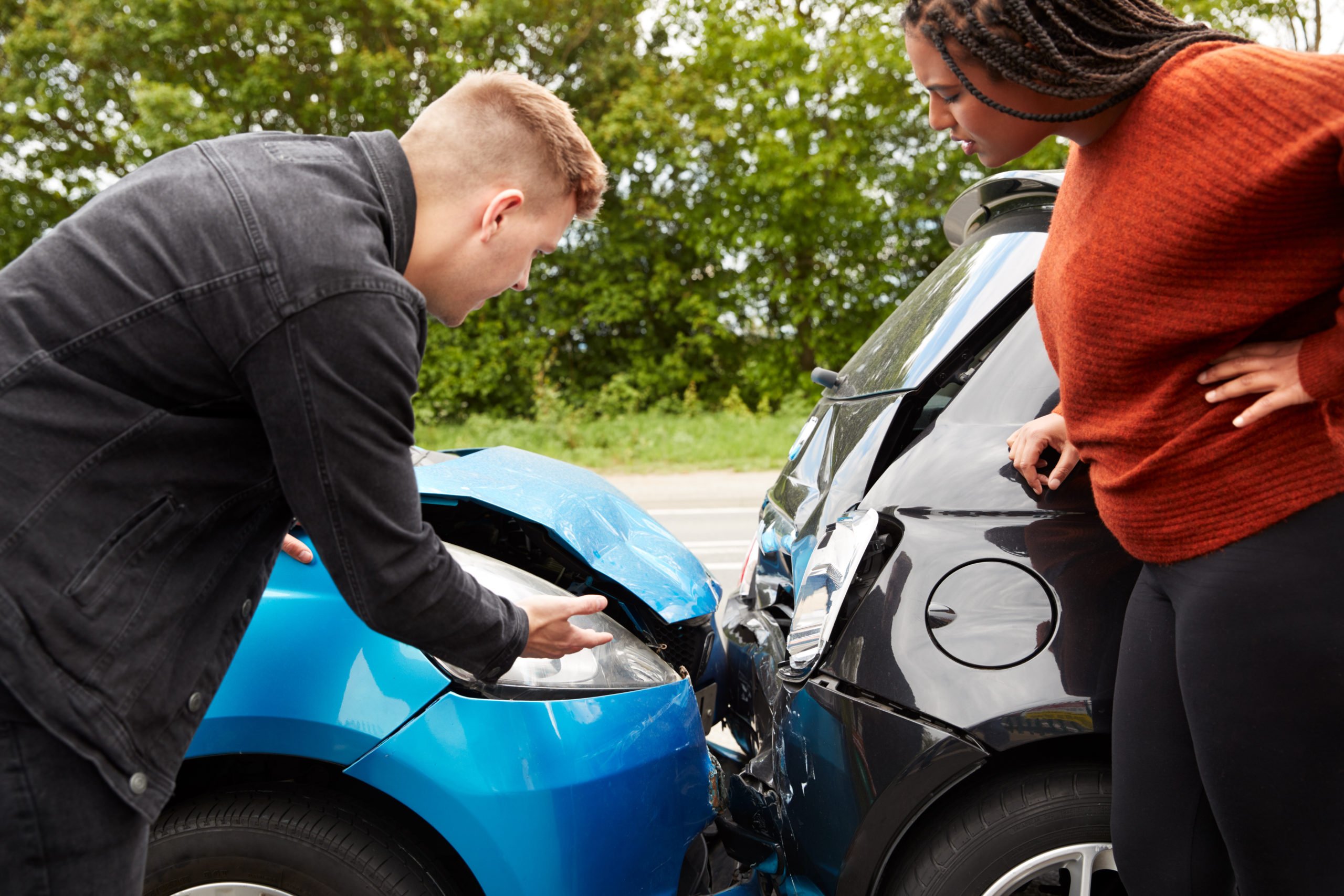What to Do If the Other Driver is Uninsured: Advice from an Accident Lawyer
Related Articles: What to Do If the Other Driver is Uninsured: Advice from an Accident Lawyer
- Rear-End Collision Claims: How An Accident Lawyer Maximizes Payouts
- The Financial Impact Of Not Hiring An Accident Lawyer: A Comprehensive Analysis
- 10 Tips For Finding The Perfect Accident Lawyer
- The Ultimate Guide To Choosing The Right Motorcycle Accident Attorney
- 10 Questions To Ask Before Hiring A Personal Injury Lawyer
Introduction
Get ready to uncover fascinating insights about What to Do If the Other Driver is Uninsured: Advice from an Accident Lawyer. Through this article, we aim to engage, inform, and inspire you with comprehensive information and practical perspectives.
Video about What to Do If the Other Driver is Uninsured: Advice from an Accident Lawyer
What to Do If the Other Driver is Uninsured: Advice from an Accident Lawyer

Being involved in a car accident is stressful enough, but discovering the other driver is uninsured can amplify the anxiety tenfold. Navigating the aftermath without the assurance of insurance coverage from the at-fault party requires immediate action and a clear understanding of your legal rights. This article provides comprehensive advice from an accident lawyer’s perspective on how to proceed if you’ve been involved in an accident with an uninsured driver.
1. Ensure Safety and Seek Medical Attention
Your immediate priority after any accident is safety. Move your vehicle to a safe location if possible, away from oncoming traffic. Turn on your hazard lights. Check yourself and your passengers for injuries. Even if you feel fine initially, seek medical attention immediately. Many injuries, such as whiplash, don’t manifest symptoms immediately. A thorough medical examination creates a documented record of your injuries, crucial for future claims. The police report should detail any injuries sustained. This documentation is essential for proving the extent of your damages.
2. Call the Police and Document the Scene
Contact the police regardless of the severity of the accident. A police report provides an objective account of the incident, including witness statements, details of the vehicles involved, and a determination of fault. This report is invaluable in any subsequent legal proceedings. Before the police arrive, if it’s safe to do so, take photographs and videos of the accident scene. Document the damage to both vehicles, the surrounding area, and any visible injuries. Note the license plate number of the uninsured driver’s vehicle and any other identifying information. Obtain contact information from any witnesses. These actions create a strong evidentiary foundation for your claim.
3. Gather Information from the Other Driver
Despite the frustrating circumstances, attempt to obtain as much information from the other driver as possible. This includes their name, address, driver’s license number, insurance information (even if they claim to be uninsured), vehicle registration details, and contact information. If they are uncooperative, note their refusal to provide information. Be polite but firm in your request for details. Remember, your safety is paramount; prioritize your well-being over obtaining information if the situation feels unsafe or threatening.
4. Contact Your Insurance Company Immediately
Inform your insurance company about the accident as soon as possible. Provide them with all the information you’ve gathered, including the police report number (once available). Your own uninsured/underinsured motorist (UM/UIM) coverage will likely be your primary source of compensation for your injuries and damages. Understanding the specifics of your UM/UIM coverage is crucial. Your policy should detail the limits of your coverage and the claims process. Prompt notification ensures a smoother claims process. Delays could jeopardize your claim.
5. Preserve All Evidence Related to the Accident

Maintaining meticulous records is paramount. Keep copies of all medical bills, repair estimates, lost wage statements, and any other documentation related to the accident and your injuries. Save all communication with the other driver, the police, your insurance company, and any medical professionals. This organized record provides a comprehensive picture of the accident’s impact on your life and strengthens your case.
6. Consult with an Experienced Accident Lawyer
An experienced accident lawyer specializing in uninsured motorist claims can provide invaluable guidance throughout this complex process. They can assess the strength of your case, advise you on your legal rights, and represent your interests in negotiations with insurance companies or in court. A lawyer can help you navigate the intricacies of your UM/UIM coverage, ensuring you receive the maximum compensation you deserve for your medical expenses, lost wages, pain and suffering, and property damage. Early legal consultation is highly recommended.
7. Understand Your Uninsured/Underinsured Motorist (UM/UIM) Coverage
UM/UIM coverage is a crucial part of your auto insurance policy. It protects you and your passengers from financial losses caused by uninsured or underinsured drivers. Understanding your policy limits is essential. Your policy likely specifies the amount of coverage available for bodily injury and property damage. Knowing these limits allows you to determine the potential extent of your recovery. Your lawyer can help you interpret your policy and maximize your claim within its limits.
8. Negotiate with Your Insurance Company and/or the Other Driver’s Insurance (If Applicable)
Your lawyer will negotiate with your insurance company to secure a fair settlement for your claims. If the other driver has any insurance, even if it’s minimal, your lawyer will pursue recovery from that insurer as well. Negotiations can be complex, involving detailed documentation and legal arguments. Having a lawyer advocate on your behalf ensures your interests are protected and you receive a fair settlement.
9. Consider Filing a Lawsuit if Necessary
If negotiations fail to produce a satisfactory settlement, your lawyer may recommend filing a lawsuit. A lawsuit allows you to present your case before a judge or jury and seek a judgment for your damages. This step should only be taken after careful consideration and with the guidance of your lawyer. Litigation can be time-consuming and expensive, but it may be necessary to obtain the compensation you deserve.
Frequently Asked Questions (FAQs)
Q: What if I can’t find the other driver?
A: If you cannot locate the other driver, your own UM/UIM coverage becomes even more critical. Provide your insurance company with all the information you have, including the police report and any other evidence. Your lawyer will work with your insurer to pursue a claim under your UM/UIM coverage.
Q: How long do I have to file a claim?
A: Statutes of limitations vary by state. Consult with an accident lawyer in your jurisdiction to determine the deadline for filing a claim or lawsuit. Time limits are strict, and missing the deadline can permanently bar your right to recover damages.

Q: What damages can I recover?
A: You can recover damages for medical expenses, lost wages, pain and suffering, property damage, and other related expenses. The specific damages you can recover will depend on the facts of your case and the laws of your state. Your lawyer can advise you on the types of damages you are entitled to claim.
Q: How much will a lawyer cost?
A: Many accident lawyers work on a contingency fee basis, meaning they only get paid if they recover compensation for you. This arrangement eliminates upfront costs and allows you to focus on your recovery. Discuss fee arrangements with potential lawyers before engaging their services.
Q: Can I still pursue a claim if I was partially at fault?
A: In some states, comparative negligence laws allow you to recover damages even if you were partially at fault, but your recovery will be reduced proportionally to your degree of fault. Your lawyer can advise you on how comparative negligence laws apply to your case.
Q: What if the uninsured driver is a hit-and-run driver?
A: Hit-and-run accidents are particularly challenging. Your UM/UIM coverage is your primary recourse. You should report the incident to the police immediately and gather as much evidence as possible, such as witness statements and security camera footage. Your lawyer can help you investigate the incident and build a strong case for your claim.
Dealing with an uninsured driver after a car accident can be daunting, but by taking swift and decisive action, documenting everything meticulously, and seeking legal counsel, you can significantly improve your chances of obtaining fair compensation for your injuries and losses. Remember, your health and well-being are paramount. Prioritize your safety and seek professional help to navigate this challenging situation.
Closure
We hope this article has enriched your understanding of What to Do If the Other Driver is Uninsured: Advice from an Accident Lawyer. We are grateful for your time and curiosity. See you in our upcoming discussions!